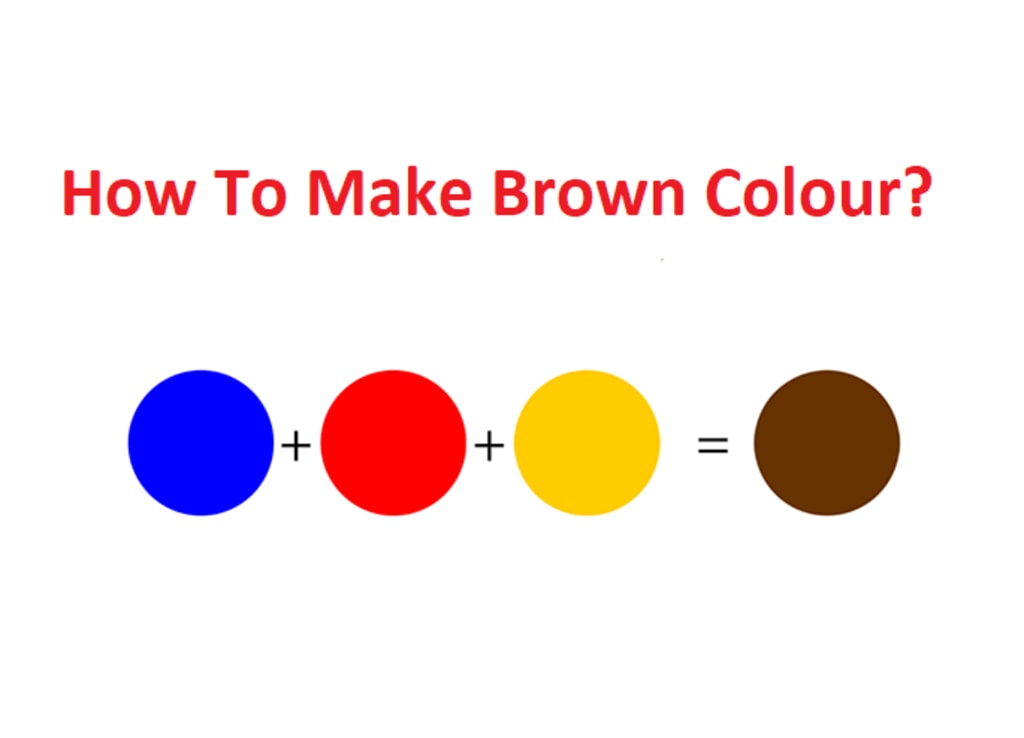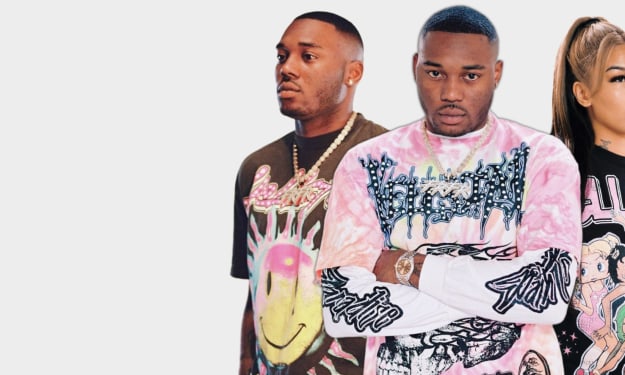How To Make Brown Color & Different Shades Of Brown Colors
If you are looking for shade of brown that perfectly suits your space? Learn which colors to combine to make your own brown paint.

Hello friends, In this article we discuss about how to make different types of brown color variants.
You might have noticed that the past decade has been all about cool shades of gray when it comes to interior design. But recently, the pendulum swings the opposite direction, with warm beige and brown tones popular once again. The color brown makes a space feel warm and cozy. From lighter hues that create an inviting feel to darker tones that make a dramatic statement, brown provides endless design possibilities and inspiration. The earthy and organic quality of the color makes it a popular neutral that will always be a classic.
Light shades of brown, such as tan and taupe, set the scene for a calm, serene space, and add natural warmth that pairs well with whites as well as more vibrant colors. Dark browns add moodiness and sophisticated drama to a room. Dark brown delivers high-end saturated color to instantly elevate a space, giving it character and creating a backdrop that showcases furniture and decor.
How To Make Brown Colour?
When it comes to the color brown, there are countless shades, from light, sandy beige to dark mahogany. Mixing a specific shade of brown can be complex as some browns lean warmer and others cool, while some brown colors have a red, yellow, or green undertone. There are some basic color rules that you can follow, however. The fundamental answer for which colors make brown is the three primary colors—red, yellow, and blue.
In color theory, these three primary colors are hues that cannot be created from any other colors. Varying the amounts and ratio of each of the primary colors will alter the shade of brown that you get. Secondary colors are made by mixing together two primary colors. For example, if you mix blue and yellow together, you end up with the color green. In addition to primary and secondary colors, there are also complementary colors. These are two colors that are directly opposite each other on the color wheel.
Keeping these principles in mind when it comes to the color brown, you can also combine a secondary color with its complementary color. By looking at the color wheel, that would mean combining blue and orange will give you brown, as will purple and yellow. Each of these browns will look slightly different; brown mixed from blue and orange will give you a brown with a green base, while brown mixed from purple and yellow will be warmer with a yellow tint.
How to Make Light Brown Paint Colors
Light brown colors like tan and taupe are popular neutrals that work well as an overall paint color for your entire home. Professional home stager and stylist Barb Perez often recommends tan paint colors. "Many clients I work with are looking to paint their interiors with a main color that is classic and timeless, yet warm and inviting," she says. "I often recommend a tan or greige (combo of brown and gray). These colors are the perfect backdrop for allowing clients' artwork, personal collections, and/or furniture to be the star of the show."
To create a light brown color, mix the three primary colors together, then add some white. The amount of white will depend on how light you want the brown to be. There are countless shades of light brown and the amount of each of the primary colors you add will alter the shade you end up with.
A popular light brown color is taupe, which has pinkish undertones. To make the color taupe, mix the three primary colors together, add in some white to get the desired lightness, then little by little mix in a bit more red. If you want to create a tan color, follow the same steps, but instead of adding in extra red, add in extra yellow.
How to Create Dark Brown Paint
Dark brown is a timeless, elegant wall color choice, whether you're painting a formal dining room or updating a home office. It works with many different design styles from traditional to midcentury modern and as the main paint color or an accent color. This rich, neutral color packs a punch and adds sophisticated warmth while creating an intimate atmosphere.
The general rule for making dark brown paint is to add black. Just as you would add white for light brown, black can be used to darken it. There are countless shades of dark brown, from rich mahogany to warm caramel, and the specific tint of brown will depend how much red, yellow, or blue you use. To add warmth to your dark brown, add more yellow; to make it cooler, add more blue.
About the Creator
Subhash Kumar
I write about Business, Motivational, Lifestyle and Self-development.
Enjoyed the story? Support the Creator.
Subscribe for free to receive all their stories in your feed. You could also pledge your support or give them a one-off tip, letting them know you appreciate their work.
Reader insights
Outstanding
Excellent work. Looking forward to reading more!
Top insights
Compelling and original writing
Creative use of language & vocab
Easy to read and follow
Well-structured & engaging content
Excellent storytelling
Original narrative & well developed characters
Expert insights and opinions
Arguments were carefully researched and presented
Eye opening
Niche topic & fresh perspectives
Heartfelt and relatable
The story invoked strong personal emotions
Masterful proofreading
Zero grammar & spelling mistakes
On-point and relevant
Writing reflected the title & theme





Comments
There are no comments for this story
Be the first to respond and start the conversation.